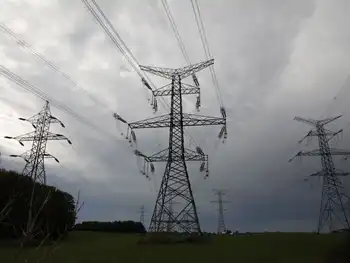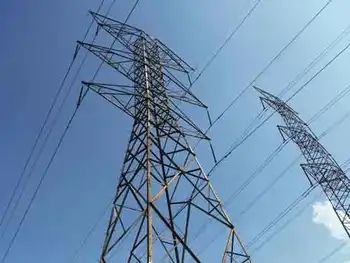Utilities warn of price shock
ONTARIO - An electricity price shock is about to hit – and local hydro utilities are warming up a campaign to tell consumers it’s not their fault.
Householders who havenÂ’t locked in a rate through a retailer can expect to see the price of power jump by up to 16 per cent when their next bill arrives. On top of that, this summerÂ’s hot weather is driving up the amount of electricity that many household are using.
Utilities like Toronto Hydro and Powerstream are already busy getting the message out to consumers that higher bills are on the way.
And the Electricity Distributors Association, which represents local hydro utilities across the province, is sending information packages to members this week advising them how to explain the price jumps as consumers open their bills.
Brian Bentz, who chairs the association, said the next round of electricity bills consumers receive will factor in two big price hikes:
First, the price of power paid to generating companies went up May 1. That will push a typical householdÂ’s bill up by 8 per cent, unless it has a fixed-price contract, Bentz said.
Second, the HST is applied to electricity bills from July 1 on – which will push bills up another 8 per cent for all electricity users, whether they have fixed price contracts or not. Consumers always paid GST on their electricity bills, put previously were not charged PST.
The price increase will show up as bills go out in the coming months.
Local utilities are especially sensitive to the price increases, because theyÂ’re the ones who bill on behalf of all the players in the electricity market, although they get less than 25 per cent of the total revenue.
“We want to be proactive in getting messages out to our consumers in letting them know about this,” Bentz said.
At the same time, the local utilities are trying to point out that most of the money goes to generating companies a little over half the bill, transmission companies like Hydro One, and for regulatory charges, including the lefty-over debt from the old Ontario Hydro.
A household using a modest 800 kilowatt hours of electricity a month pays just over $100 for electricity, so the basic price increase and the HST alone will push bills up about $16 for those who pay the market rate, and $8 for those on a fixed rate.
“The third item we’re seeing is we’re having a hotter and more humid summer than in 2009,” Bentz said. “The exact impact we don’t know yet.”
But he noted that so far this summer, there have been 11 days when the temperature has topped 30 degrees C, while last summer at this time the temperature had hit 30 on only three days.
That means many consumers are not just paying more for power this summer, theyÂ’ll be using more of it.
While the EDA is helping its members get ready for the price increase, some utilities have been taking action on their own.
Powerstream, the utility owned by Barrie, Markham and Vaughan, has been running a $100,000 advertising campaign this summer giving consumers advice on how to limit their electricity use.
Toronto Hydro has sent inserts in its bills reminding consumers that the local utility gets a minority share of the total bill.
The current round of price increases will not be the last ones. Many consumers have found they are paying higher bills as their utility switches them to time-of-use billing, which boost the price of power significantly during peak demand periods, while lowering prices on weekends and overnight.
Further price increase are likely in 2011 as more power from renewable energy sources flows into the system, at higher prices.
Related News

COVID-19 closures: It's as if Ottawa has fallen off the electricity grid
OTTAWA - It’s as if the COVID-19 epidemic had tripped a circuit breaker, shutting off all power to a city the size of Ottawa.
Virus-induced restrictions that have shut down large swaths of normal commercial life across Canada has led to a noticeable drop in demand for power in Ontario, insiders said on Friday.
Terry Young, vice-president with the Independent Electricity System Operator, said planning was underway for further declines in usage, given the delicate balance that needs to be maintained between supply and demand.
“We’re now seeing demand that is running about 1,000 to 2,000 megawatts less than we would normally see,”…




